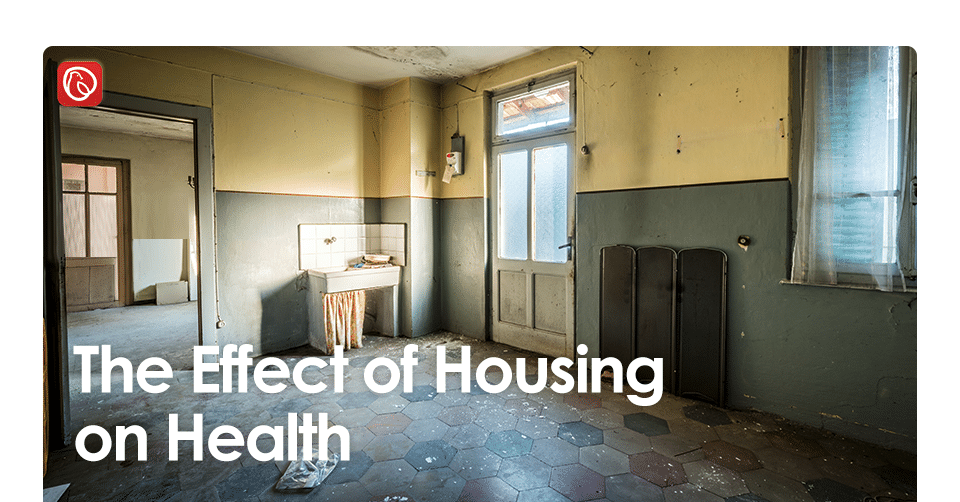By Awais Bhatti
Our environment and surroundings impact our psychology in numerous ways; our cognition, ability to think, and the ability to perceive ideas are influenced by the settings in which we live. For a very long time, health, whether mental or physical, has been dealt with at a subterranean level in our society, particularly mental health which is still considered a taboo.
Graana.com, through this blog, establishes a relation between health and how it is influenced by our dwellings in which we live.
Establishing Relation
The World Health Organisation (WHO) defines health as a ‘state of complete physical, mental and social wellbeing’. Similarly, the WHO defines ‘healthy homes’ as homes that incorporate hygienic practices, waste management facilities, sanitation facilities, sturdy structures of homes, along with water supply and electricity.
Below is the explanation of the phenomenon that how our health is impacted by various factors in housing.
Inadequate Housing Conditions
The inadequate housing conditions can be related to indoor air pollution, ineffective mechanisms of sanitation, and the growth of infestations. All of these conditions contribute to the Building-Related Illnesses which prove detrimental to the wellbeing of the individual. The impact of inadequate housing can be observed in the form of legionellosis, mesothelioma, and dust allergy.
Sick Building Syndrome
This syndrome has varying health symptoms and cannot be traced to one particular origin. Most common symptoms falling under SBS include lack of concentration, fatigue, eye irritation, and sore throat. In most cases, heating, ventilation, and air conditioning (HVAC) contribute to the symptoms mentioned earlier.
Air Quality
The indoor air quality in homes can pose issues pertaining to breathing. One of the prominent examples is the emission of nitrogen dioxide gas in households due to the burning of methane, boilers, and burning coal for heating purposes.
Radon, one of the radioactive materials, is responsible for causing lung cancer among the residents. According to the estimates of WHO, almost 3-14pc of people in developing countries get lung cancer due to concentration of Radon in home and workplaces.
Mental Health and Housing
One of the precursors behind deteriorating mental health is associated with poor housing quality. It has been observed that poor housing raises distress levels which also become a cause behind domestic violence. Similarly, poor housing also hurts the self-esteem of the people which is becoming a major cause behind mental illness.
A report issued by WHO has found that the distress level among people can be decreased by making few alterations in homes in the form of penetration of sunlight, incorporating mechanisms that reduce noise, and a good view of outdoors from the buildings.
Damp Buildings and Microbial Growth
Excessive moisture, seeping water, and flooding cause dampness in buildings which results in microbial growth. The economy of microbial growth revolves around various environmental aspects when combining with indoor moisture results in the development of fungi and mold. The symptoms of microbial growth on our health can be observed in the form of respiratory problems, fatigue, mental stress, and headaches.
Awais Bhatti is a content specialist at Graana.com.






















